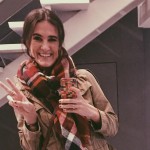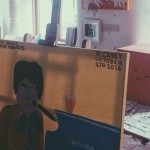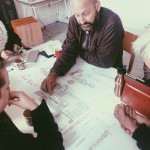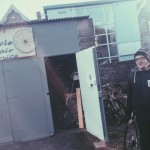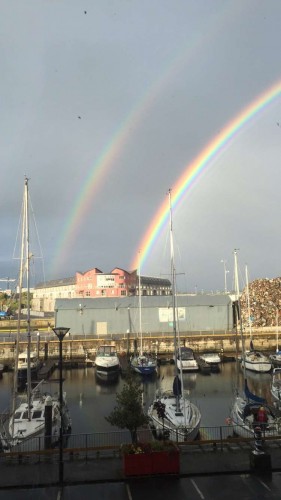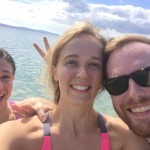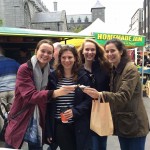In Robert Putnam’s Bowling Alone, he laments what he perceives as a collapse in participation in civic life as a consequence of a lack of involvement in meaningful, community building interactions. In today’s politically charged climate, it is not hard to find evidence for this belief; when voting, people generally forget about down ballot, local races because, as Putnam writes, people are less engaged in their local communities for a variety of reasons: technology, the ease of transportation, and the rise of pressures to excel in sports, academics, etc…
One of the first cultural differences I picked up when I arrived in Ireland was that all politics is local, vastly different than today’s American election. This may be due to the fact that the island would be a small state–geographically and demographically–and the Westminster form of government lessens the tensions between local and state politics. Yet, the largest reason why, to me, seems that contrary to Putnam’s assertion, people are more engaged here in Ireland because they allow themselves to be alone at times.
E ating alone; this is something that, out of necessity with odd class schedules or the fact
ating alone; this is something that, out of necessity with odd class schedules or the fact
that many Irish students go home on the weekends, I have experienced on a number of occasions these past two months. But these experiences have not been bad. Whereas in the US, going to a restaurant alone would be frowned upon, no one here seems to mind. In fact, I have seen many Irish eat or travel alone in ways I would never see in America. I have found in these experiences opportunities to reflect and meditate on the day in ways I never could nor had time to while in the states. And, in a bonus, I got treated to a wonderful fireworks show on Halloween night from a gem of a restaurant in Dublin, Sophie’s, which has 360-degree views of the whole city!
When the opportunity arises then to participate in an activity with others (see photos form trips across Ireland below), I have found myself becoming much more engaged and fully present in the moment, because in reflecting on how I have arrived at this wonderful opportunity, I have learned much more about myself (a feat I did not think was much more possible after the intense reflection required to apply to this program!).
My travels all over Ireland so far, to Sligo, Wexford, Waterford, Cork, Bray, and Wicklow, have afforded me a chance to explore a beautiful Island and culture while fully engaged. While this has been an amazing cultural and historical experience, the occasional excursions around meal times to new restaurants alone has granted me a new perspective on the apparent decline in civic engagement in America: that while we may no longer participate in “civic” activities and groups, we do fill our time too much with other, at times superficial, activities. One can see this in the rise of people who may be glued to their phones rather than allowing themselves to just enjoy nature while on the walk to work. While we in America we no longer bowl together, we also do not allow ourselves to eat a bowl of anything alone. And in this we miss out on a chance to reflect and grow individually–which allows us to grow together when we do participate in activities.
In a truly Mitchell Scholar fashion, a group of us had a debate over this very topic following the Google Reception; we debated the role that “The void,” played in how people perceived politics and civically engaged today. We discussed how ignoring the negative, silence, and a sense of being alone with ones self may contribute to the politics of shouting past one another and of no compromise. There was Heidegger and Beckett, Black Elk and Aristotle, all in one sentence. And maybe this meal would not have been possible had we not all, pondered alone over a cup of hot chocolate (I estimate, without any real proof other than my own perceptions that Hot Chocolate is consumed at a 500% higher rate here then in America, and its great!), the own voids in our lives.
Just some food for thought.
Now for those travels:
Clocktower in Waterford
View from mountains outside Sligo
A beautiful sun shower at Trinity
A quaint Saturday Market in Bray






